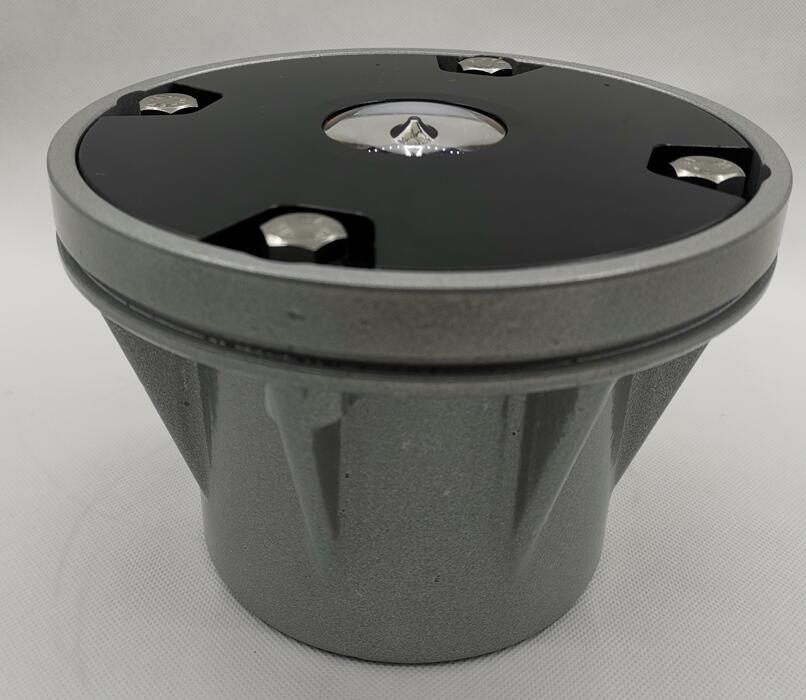12V Aircraft Landing Lights: Illuminating the Future of General Aviation Safety
The aviation industry's relentless pursuit of safety and efficiency has elevated the importance of reliable lighting systems, particularly 12V aircraft landing lights. As the backbone of general aviation illumination, these compact yet powerful lights ensure safe operations during critical phases of flight. This article explores the cutting-edge advancements, operational benefits, and maintenance best practices surrounding modern 12V aircraft landing lights, offering valuable insights for pilots, technicians, and aviation enthusiasts alike.
The Electrical Advantage of 12V Systems
12V aircraft landing lights dominate general aviation for compelling technical reasons:
Power System Compatibility: Matches standard GA electrical architecture
Energy Efficiency: Optimizes battery performance during critical operations

Weight Savings: Lighter wiring and components compared to 24V systems
Cost Effectiveness: Leverages automotive-grade electrical components
Modern LED technology has transformed these systems, delivering unprecedented performance within the 12V framework.
| aircraft landing lights 12v |
Technical Breakthroughs in 12V Lighting
1. Advanced LED Modules
50,000+ hour lifespan (10x traditional halogens)
800-1200 lumens output at just 10-15W power draw
Instant full-intensity illumination (no warm-up period)
2. Thermal Management Innovations
Aircraft-grade aluminum heat sinks
Conformal coated circuit boards
| aircraft landing light 12v |
Temperature-regulated output
3. Optical Engineering
Precision TIR (Total Internal Reflection) lenses
Adjustable beam patterns (15°-45° spread)
Glare-reducing light diffusion technology
Certification and Compliance
Modern 12V aircraft landing lights meet stringent aviation standards:
FAA TSO-C96a: Lighting system requirements
EASA.ETSO.C96: European technical standards
DO-160G: Environmental testing protocols
MIL-STD-704F: Aircraft electrical characteristics
Manufacturers must demonstrate compliance with:
Vibration resistance (up to 10G)
Waterproofing (IP67 minimum)
Electromagnetic interference shielding
Operational Benefits
Pilots report significant improvements with modern 12V aircraft landing lights:
Enhanced Situational Awareness
300% brighter runway illumination
Improved peripheral light distribution
Better color rendering for obstacle identification
Electrical System Advantages
70% reduced current draw
Minimal voltage fluctuations
Compatible with backup battery systems
Maintenance Improvements
Tool-less bulb replacement designs
Corrosion-resistant connectors
Modular components for easy servicing
Installation Considerations
Upgrading to advanced 12V aircraft landing lights requires:
Electrical System Evaluation
Alternator capacity assessment
Circuit protection verification
Wire gauge adequacy check
Physical Integration
Weight and balance calculations
Aerodynamic impact analysis
Cooling requirements assessment
Regulatory Compliance
STC documentation for certified aircraft
337 Form submissions when required
Experimental aircraft logbook entries
Maintenance Best Practices
Maximize performance and longevity with:
Scheduled Inspections
Monthly lens integrity checks
Quarterly electrical connection cleaning
Annual photometric output testing
Cleaning Procedures
Non-abrasive lens cleaning solutions
Compressed air for housing ventilation
Dielectric grease application on contacts
Performance Monitoring
Voltage drop measurements during operation
Thermal imaging for heat management
Light pattern evaluation at 100-hour intervals
Emerging Technologies
The future of 12V aircraft landing lights includes:
Smart Lighting Systems
Automatic intensity adjustment based on airspeed
Integrated ice detection capabilities
Wireless health monitoring
Advanced Materials
Nanotechnology anti-icing surfaces
Self-healing lens coatings
Graphene-enhanced heat dissipation
Energy Innovations
Solar-assisted charging
Kinetic energy recovery
Ultra-capacitor power buffers
Specialized Applications
1. STOL Aircraft
Ultra-wide beam patterns
Enhanced peripheral illumination
Short-field landing optimization
2. Seaplanes
Marine corrosion protection
Water-submersible designs
Salt spray resistance
3. Aerobatic Aircraft
High-G tolerant mounting
Vibration-dampened fixtures
Quick-change mechanisms
Cost-Benefit Analysis
While avoiding specific pricing, modern 12V aircraft landing lights offer:
90% reduction in replacement frequency
60% lower energy costs over system lifetime
40% decreased maintenance labor hours
30% longer battery life between charges
Environmental Impact
Next-generation 12V aircraft landing lights contribute to greener aviation:
RoHS compliant materials
Reduced lead content
Fully recyclable components
Lower carbon footprint manufacturing
Conclusion
The evolution of 12V aircraft landing lights represents a perfect synergy between aviation's safety imperatives and technological progress. These advanced lighting solutions deliver superior performance while respecting the electrical constraints of general aviation aircraft. As LED technology continues to advance and smart features become more prevalent, these systems will play an increasingly vital role in flight safety.
For aircraft owners and operators, understanding the capabilities and requirements of modern 12V aircraft landing lights is essential for making informed upgrade decisions. The combination of enhanced visibility, reduced maintenance, and improved reliability makes these systems a wise investment for any general aviation aircraft.
The future promises even more sophisticated 12V aircraft landing light solutions as the industry embraces smarter, more efficient technologies. One thing remains certain - these critical lighting systems will continue to illuminate the path to safer flying for generations of aviators to come.
